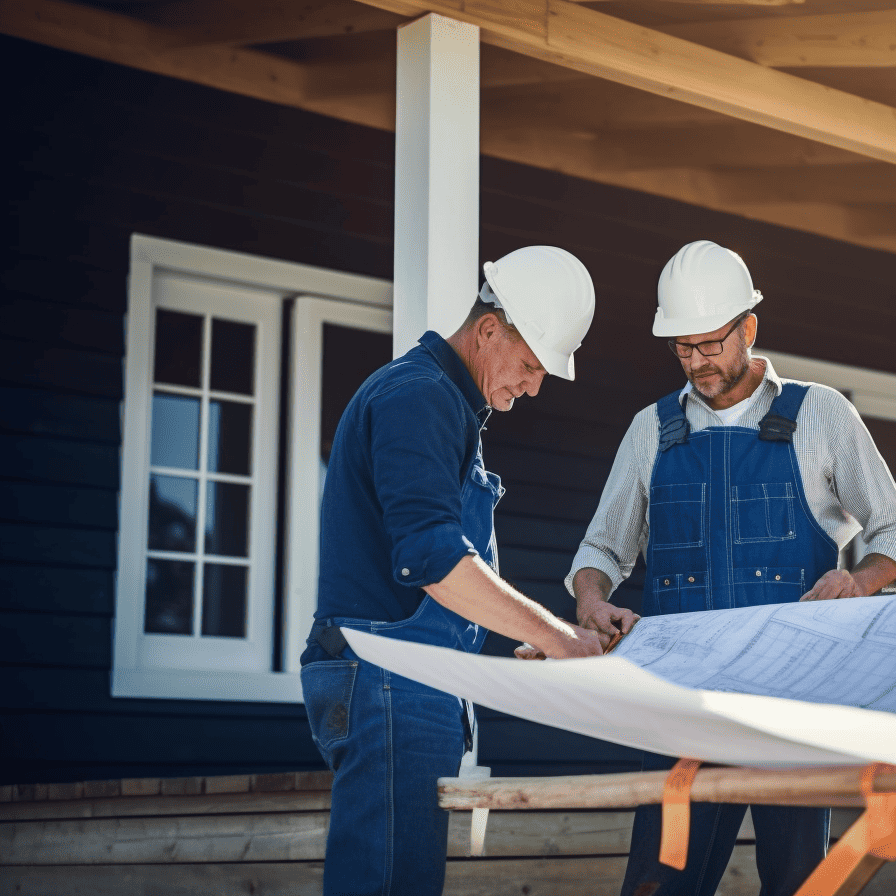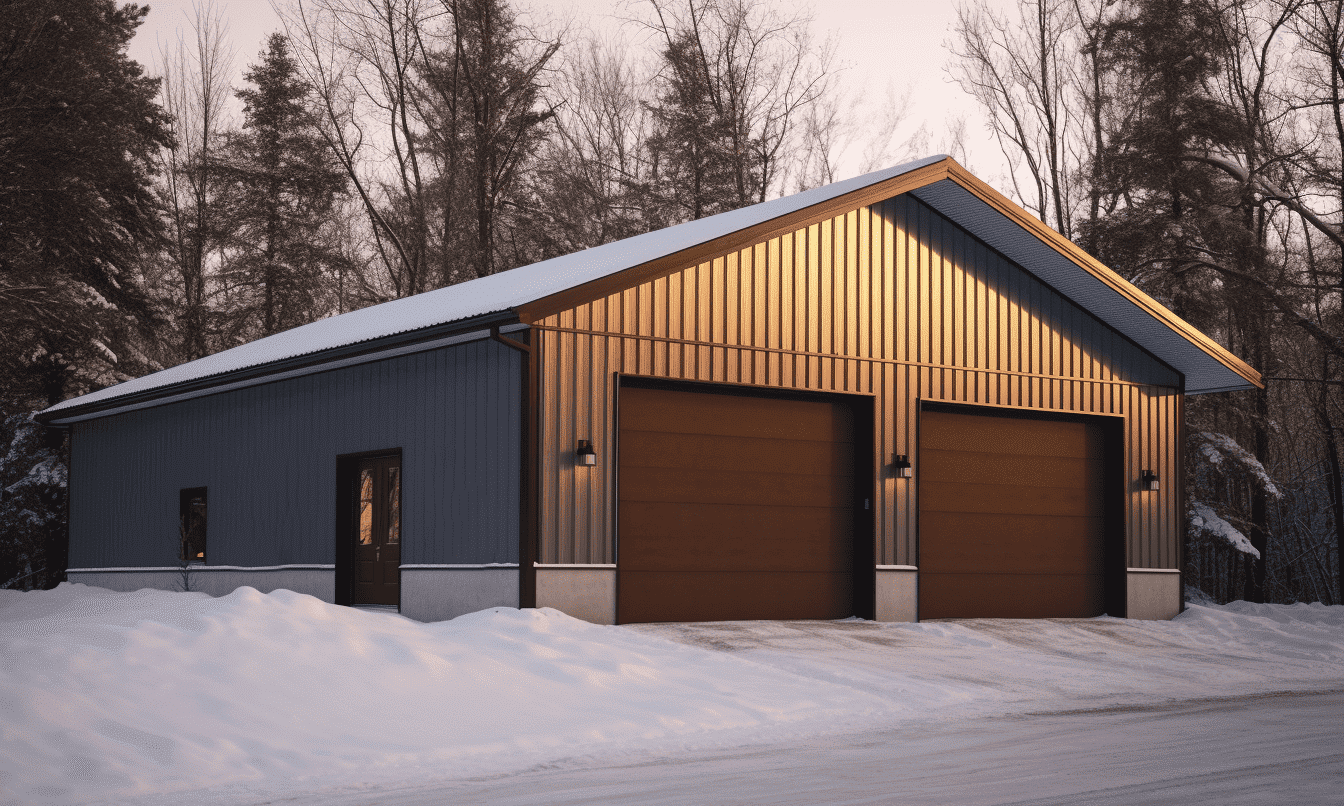When you embark on a construction journey, it’s like setting sail on a vast ocean with an uncharted map as your guide. The winds of cost estimation can either propel you towards success or capsize your project. With steel buildings increasingly becoming a staple in modern architecture, understanding the tricks of the trade when it comes to estimating material costs isn’t just a matter of prudence—it’s the key to efficiency, optimization, and profitability.
The Foundations of Estimating Material Costs
Estimating material costs for a construction project is akin to the precision required in creating a masterful piece of art. It demands attention to detail, foresight, and expertise. Material costs can comprise up to 40% of the total construction project costs. Therefore, getting it right from the outset can save not only money but also the headaches of budget overruns and project delays.
Understanding Your Material Needs
Understandably, the first step in accurately estimating material costs is comprehending what you need. But this isn’t merely about knowing the materials; it’s about knowing the specifics—the brands, the grades, and the quantities. This can be done by working with your contractor to create a detailed bill of materials, which is essentially a shopping list for your construction project.
It’s crucial to consider both quality and quantity here. Cheaper materials might seem tempting but can lead to higher costs in the future due to wear and tear. Instead, focus on obtaining quotes from reliable suppliers like those offered by Steel Building Supply to secure materials tailored to your project needs.
Leveraging Historical Data
Data is the new oil in today’s construction landscape. Historical data provides insights into past projects, revealing the trends and patterns related to material costs. By assessing similar projects and their expenses, you can create a more robust and accurate material estimation model. But remember, this data should act as a guide, not a rulebook. Adjustments are often necessary to account for market fluctuations and evolving technology.
Factors Influencing Material Costs
Many factors influence material costs in the construction industry. It’s like trying to bake a cake while understanding that each ingredient must be precisely measured and mixed under the right conditions to yield the perfect result.
Market Conditions and Supply Chain
Market conditions play a massive role in material costs. The construction industry is heavily dependent on the global supply chain, which means disruptions can lead to increased costs. Factors like natural disasters, transportation issues, and geopolitical tensions can all affect prices. Keeping tabs on these changes can give you the upper hand in anticipating and budgeting for changes in material costs.
Geographical Location
Geographical location is another critical element. The cost of shipping materials to remote or urban areas can vary significantly. For example, the cost of erecting Ontario metal structures will differ from those in other provinces due to logistics and local market prices. Understanding regional cost variations is pivotal in crafting a realistic budget.

Material Specifications and Quality
The quality of materials can have a staggering impact on cost. High-grade materials are usually more expensive, but they’re often worth the investment due to durability and reduced maintenance costs over time. It’s essential to scrutinize the precise specifications required for your project to avoid unnecessary expenses. Employing materials that match the project’s specifications can help maintain structural integrity and overall quality.
Steps to Achieve Accurate Cost Estimation
Breaking down the process into digestible steps is essential to succeed in the meticulous task of cost estimation. With these tried-and-true processes, you’ll sail through the estimation process with the confidence of an experienced mariner.
Engage with Suppliers Early
Engaging with suppliers early in the construction process can lead to more accurate estimations. Early consultations reveal potential price fluctuations and existing deals or discounts, enabling more sound budgeting and financial planning. Suppliers like Steel Building Supply can offer insights and flexibility around availability and pricing that might not be apparent at first glance.
Use Specialized Software Tools
Embrace technology! Software programs dedicated to estimating construction costs can drastically reduce errors. These programs often incorporate databases of current material prices, help draft estimates, and produce detailed reports. Many even integrate with project management tools to enhance coordination and efficiency.

Seek External Expertise
Sometimes, external expertise is needed to navigate the foggy waters of cost estimation. Consulting with experienced contractors and estimators can provide additional perspectives and insights that are invaluable, particularly for large-scale projects. Professional input ensures that you’re not overlooking essential aspects of the project that could impact material costs.
Regularly Update and Review Estimates
Construction projects are dynamic, with requirements that can change swiftly. Therefore, regularly updating and reviewing estimates ensures they remain precise and reflective of real-time conditions. This proactive approach aids in adjusting quickly to unforeseen changes and minimizes the risk of budget overruns.

Conclusion
Navigating the realms of construction material costs doesn’t have to feel like venturing into the unpredictable waters alone. With careful planning, leveraging the right resources, and making informed decisions, the waves of fluctuation and unpredictability can be effectively managed. Mastering estimating material costs isn’t just an art, it’s the science of building with confidence.
Remember, constructing a quality steel building isn’t about cutting corners; it’s about crafting stability and durability while staying within budget. Utilizing accurate estimation techniques, consulting with experts, and keeping up with market trends will ensure the journey to completion is smooth sailing. As the Canada Mortgage and Housing Corporation advises, wise estimation is the cornerstone of a successful project. Drafting a detailed, well-informed blueprint today can very well be the map to your construction project’s future success tomorrow.
So why wait? Get your project charted with an accurate cost estimation today, and sail smoothly toward your building aspirations!










